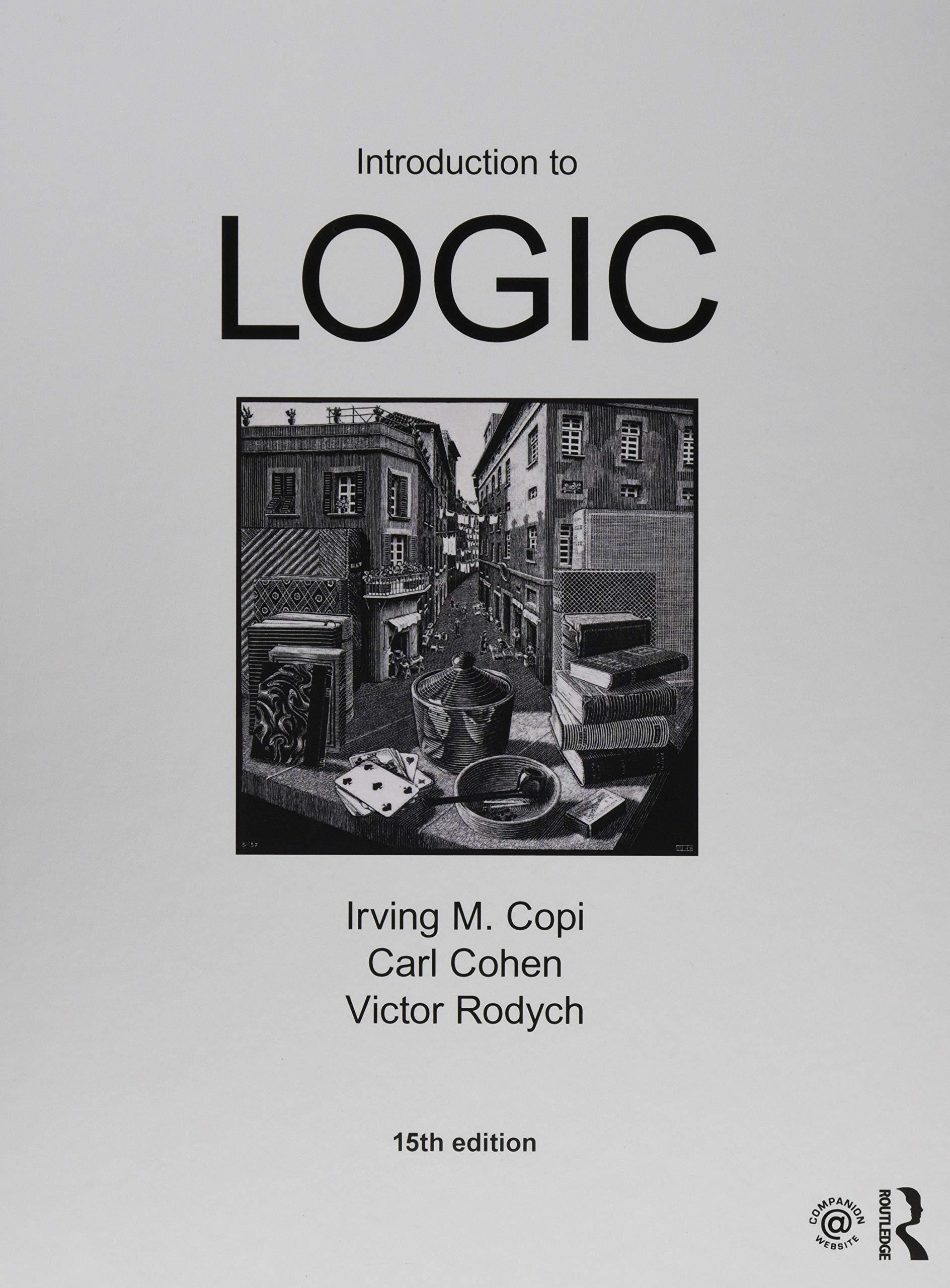In each of the following passages, a. What data are to be explained? b. What hypotheses are
Question:
In each of the following passages,
a. What data are to be explained?
b. What hypotheses are proposed to explain them?
c. Evaluate the hypotheses in terms of the criteria presented in Section 13.3, pp. 564–566.
Early in the eighteenth century Edmund Halley asked: “Why is the sky dark at night?” This apparently naive question is not easy to answer, because if the universe had the simplest imaginable structure on the largest possible scale, the background radiation of the sky would be intense. Imagine a static infinite universe—that is, a universe of infinite size in which the stars and galaxies are stationary with respect to one another. A line of sight in any direction will ultimately cross the surface of a star, and the sky should appear to be made up of overlapping stellar disks. The apparent brightness of a star’s surface is independent of its distance, so that everywhere the sky should be as bright as the surface of an average star. Since the sun is an average star, the entire sky, day and night, should be about as bright as the surface of the sun. The fact that it is not was later characterized as Olbers’ paradox (after the eighteenth century German astronomer Heinrich Olbers). The paradox applies not only to starlight but also to all other regions of the electromagnetic spectrum. It indicates that there is something fundamentally wrong with the model of a static infinite universe, but it does not specify what.
—Adrian Webster, “The Cosmic Radiation Background,”
Scientific American , August 1974
Step by Step Answer:

Introduction To Logic
ISBN: 9781138500860
15th Edition
Authors: Irving M. Copi, Carl Cohen, Victor Rodych





